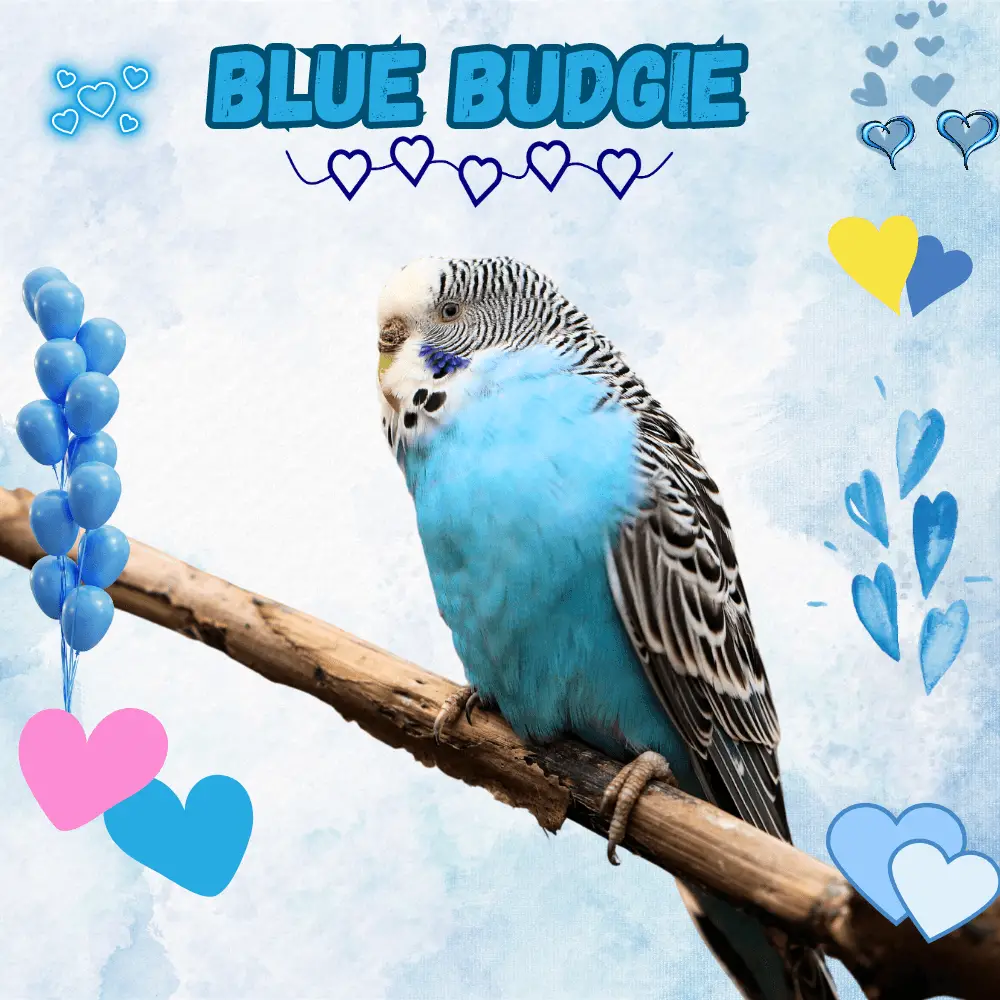Blue budgie: Like all animals, blue parakeets have advantages and disadvantages. If you’ve been considering getting a blue budgie, here’s everything you need to know!
So, what should you know before acquiring a blue parakeet? Before you get a blue parakeet as a pet, you should know that these parakeets live 15 to 20 years, they love attention, and they need bird toys in their cage for mental stimulation and pleasure. They make excellent pets and require relatively little maintenance.
Blue budgies are friendly birds with unique personalities, but there are many factors that go into what owning a blue budgie will be like.
Blue budgie lifespan
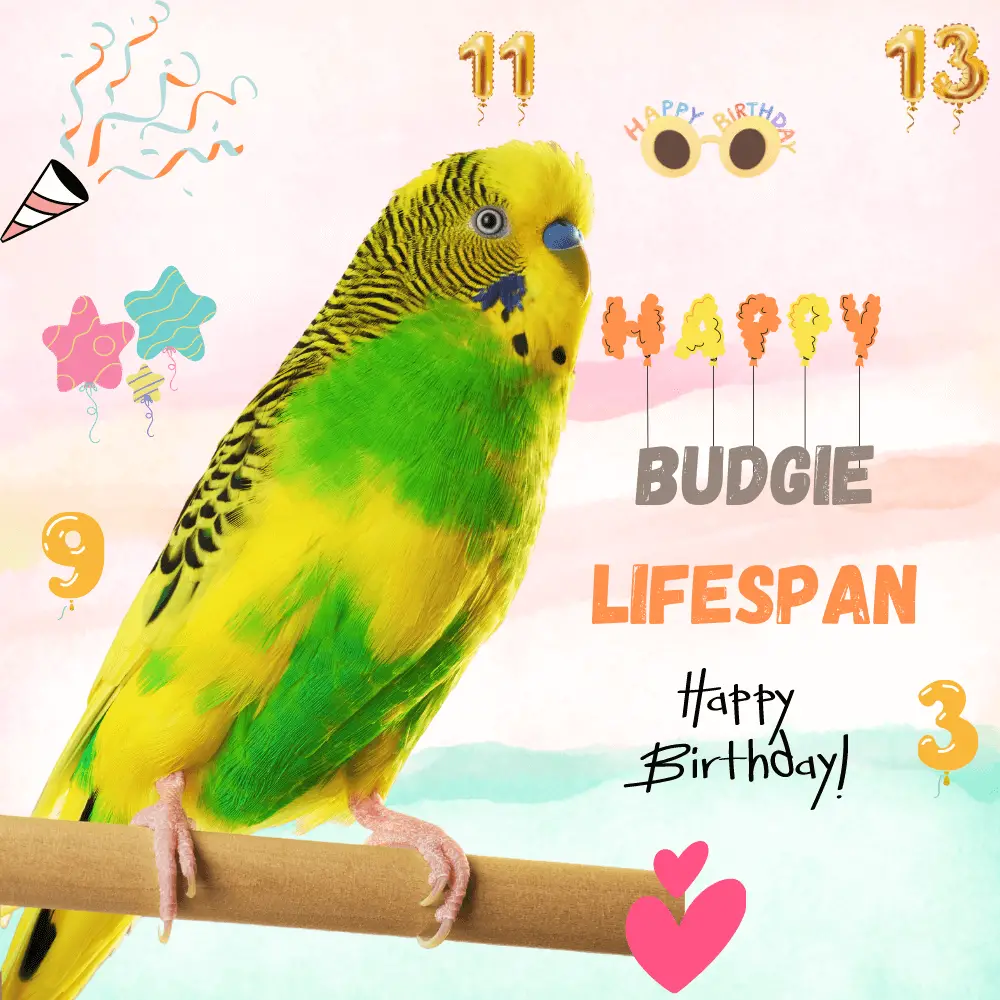
Blue budgies can live 15 to 20 years, and Blue parakeets live longer than most cats, dogs, and other small mammals. If you anticipate big changes in your life over the next few decades that could make it difficult to take care of this lovely bird, it may not be the best pet for you.
Budgie food
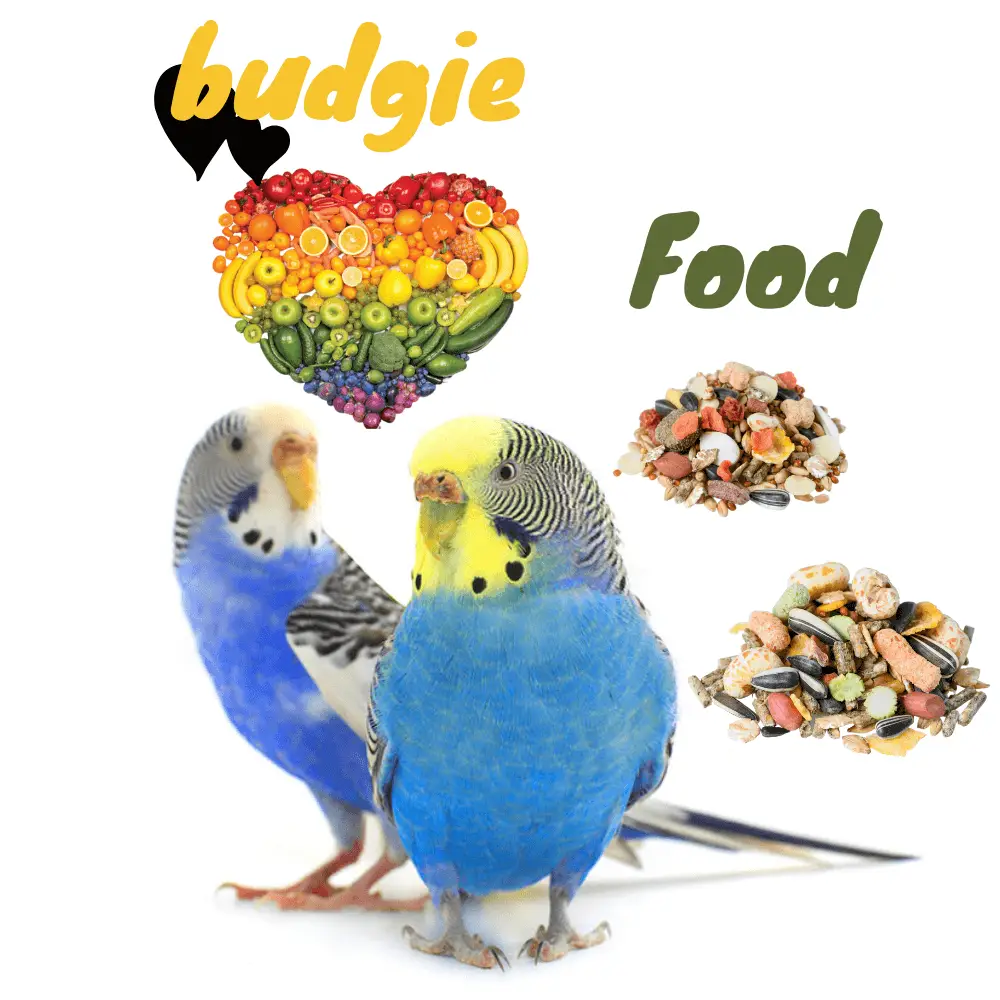
In the wild, Blue budgies eat seeds and vegetation. Knowing this, you can try to provide them with a similar diet. Having birdseed as your primary food source is fine, but it shouldn’t be the only thing you give your parrot.
Blue parakeets need seeds as well as fruits and vegetables in order to maintain a healthy diet. Broccoli, carrots, apples, cucumbers, and other fruits and vegetables are favorite foods for parakeets.
If you only feed your parakeet birdseed, chances are you have diet problems associated with malnutrition.
When it comes to drinking, Blue Budgie needs cool water. Budgies don’t just drink from their waterers, they also bathe in them. It is necessary to change the water (clean and filtered) at least twice a day in order to provide a clean environment for your bird.
It’s good to have two or even three waterers on hand, as you can easily sanitize them and change them every day.
budgie health
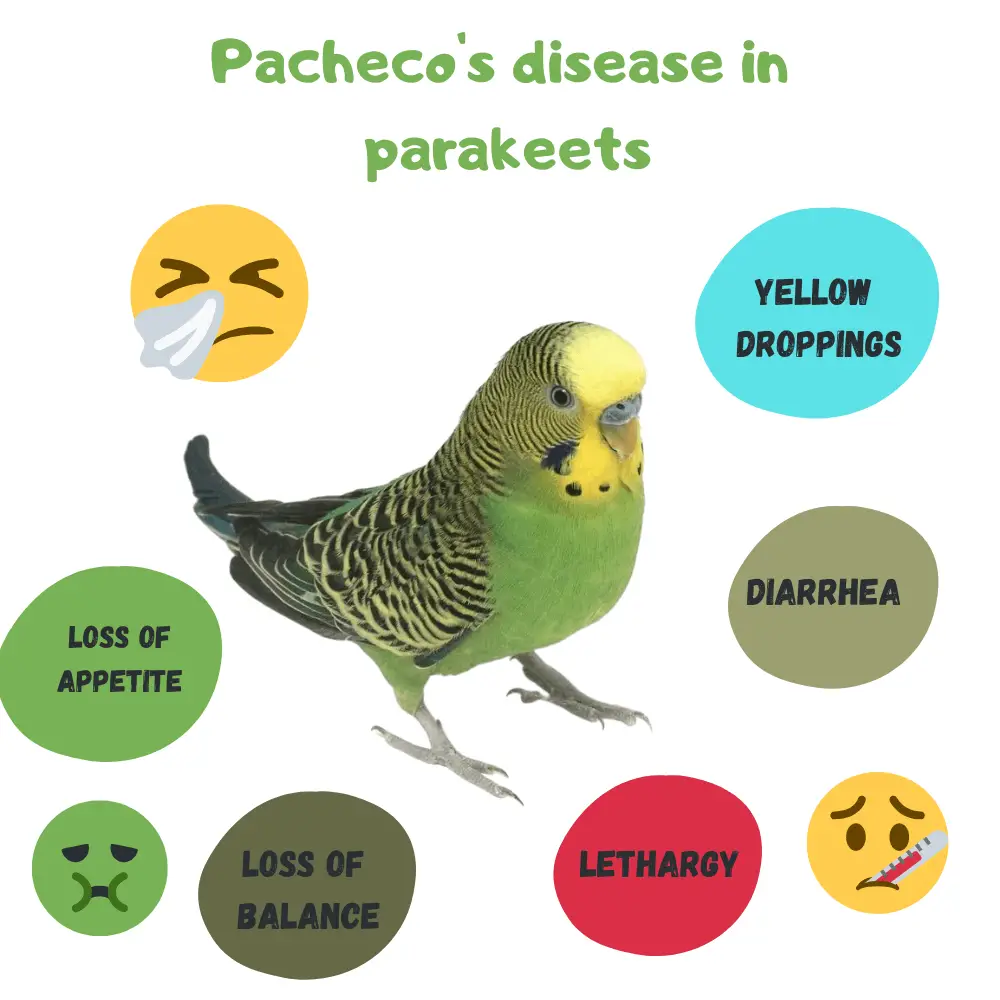
As the main provider of your Blue Budgie, you are responsible for any health issues that may arise. Although blue parakeets are generally fairly healthy birds, it is important to be aware of the signs of poor health.
To tell if your bird is becoming ill and needs medical attention, look for changes in appetite, discoloration, or differences in the consistency of its droppings.
Finally, observe changes in behavior or aggression. All of these signs may indicate that the bird is not healthy.
Budgie care
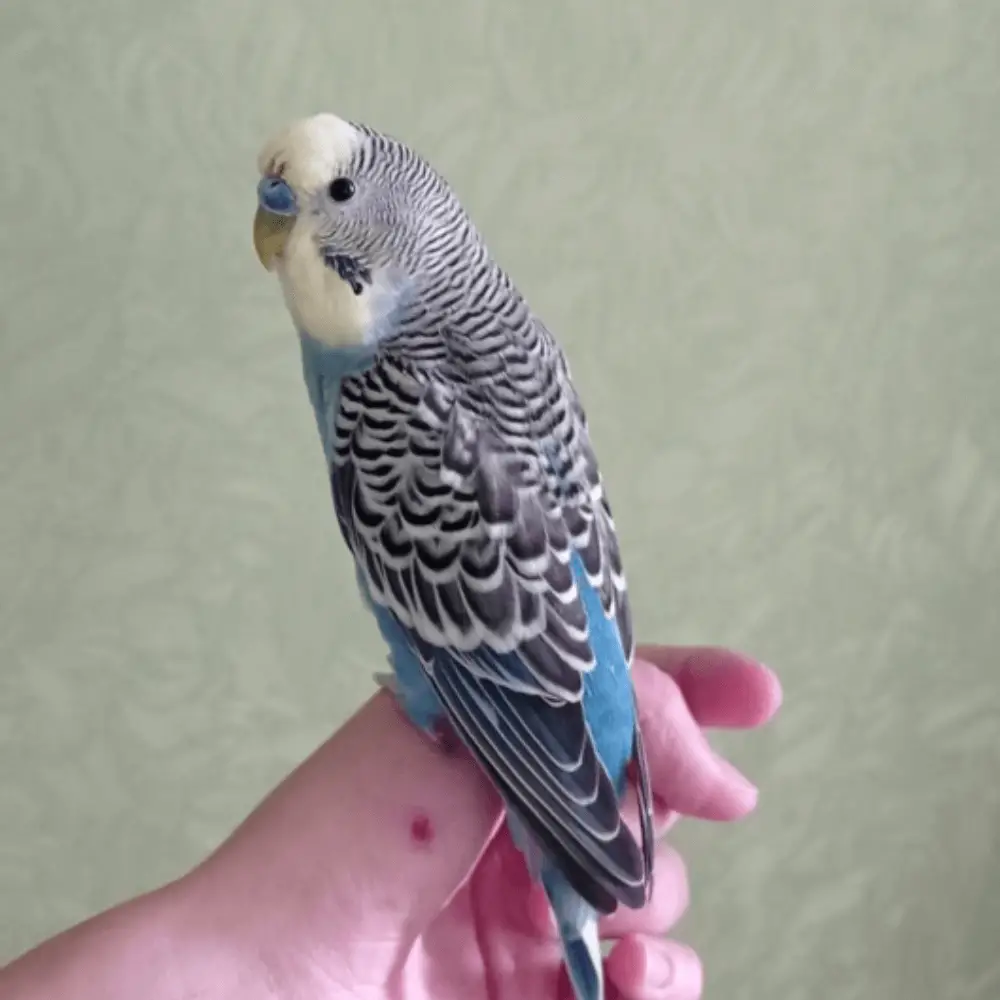
Imagine living in a 30 square meter house; eating there, sleeping there, going to the bathroom, and never being able to get out. It would be frustrating to say the least, especially when you want to fly.
Keep this in mind when choosing a bird cage for your new pet. Most cages are too small and confined for the space a bird needs to live happily. Choose a larger-sized cage, but make sure it is designed for smaller birds with smaller cage bars.
Unlike other birds, budgies will try to stay active no matter what size cage they are in, ideally giving them enough space to do so. The respiratory system of these birds needs this exercise to function properly.
Since birds do well in most house temperatures, it’s important to note whether you like your house warmer or cooler. The bird may suffer in conditions above or below room temperature.
When placing the bird’s cage somewhere in your home, be careful not to place it in a place where direct sunlight will constantly reach it, and try to avoid places where there is a current of electricity. constant cold air, for example near an air vent.
Having a perch, which is a wooden box with a small entrance hole for the bird, helps keep the bird warm as well. The presence of a perch inside the cage allows your Blue budgie to find warmth if necessary.
These birds are truly capable of thriving in nurturing environments, whether with humans or even other birds. The presence of at least one other parakeet in the cage improves the quality and overall happiness of the bird.
Take the time to play with your bird, teach it new tricks, and help it fill its social hour by simply having fun!
Birds crave attention and may even engage in bad behavior, such as biting or screaming if they don’t get enough attention. To decide if this is the best pet for you and your family, consider how much time you will be spending at home.
If you are not at home often, this animal may not be for you!
Budgie cage

Your parakeet is going to spend most of its life in its cage, so it’s very important to keep it as clean as possible to provide it with the best living conditions. Cleanliness is close to friendliness. A clean cage is a happy cage!
To ensure your bird’s cage stays clean, first change the water daily. Avoid all chemicals around the bird’s cage. Use baking soda instead if you need to clean up stuck-on droppings. Use newspaper or wood shavings to line the bottom of the cage.
A clean cage is a happy cage!
Both of these materials absorb moisture and also dry quickly. You don’t have to clean newspaper or wood shavings as often as water, but at least once a week would be ideal for a clean cage. The more often you clean your bird’s cage, the less mess you will have to deal with.
Budgie toys
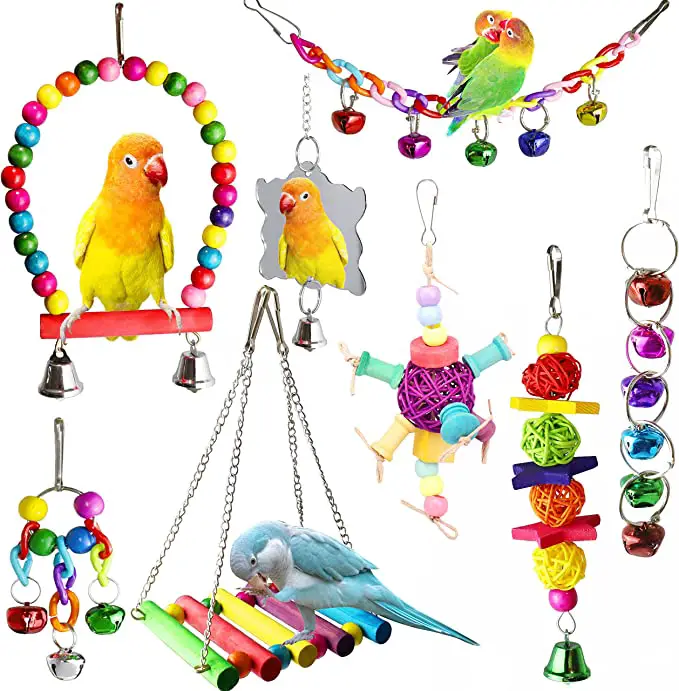
Parakeets spend about 22 hours a day in a cage, with the other two hours spent playing with their owners or flying. 22 hours a day is a long time, so budgies need some toys to play with. Give your bird many different toy options.
Different textures, colors, and sounds; things they can tear, chew or swing! It’s important to make sure the toys you buy are designed for small birds. Blue budgies can get their heads or legs stuck or injured in larger toys that aren’t designed for their size.
These types of birds are very intelligent and need mental stimulation to prevent them from getting bored and stressed easily and then misbehaving. Toys are a great way to keep your bird at its best by keeping him stimulated.
Budgie behavior
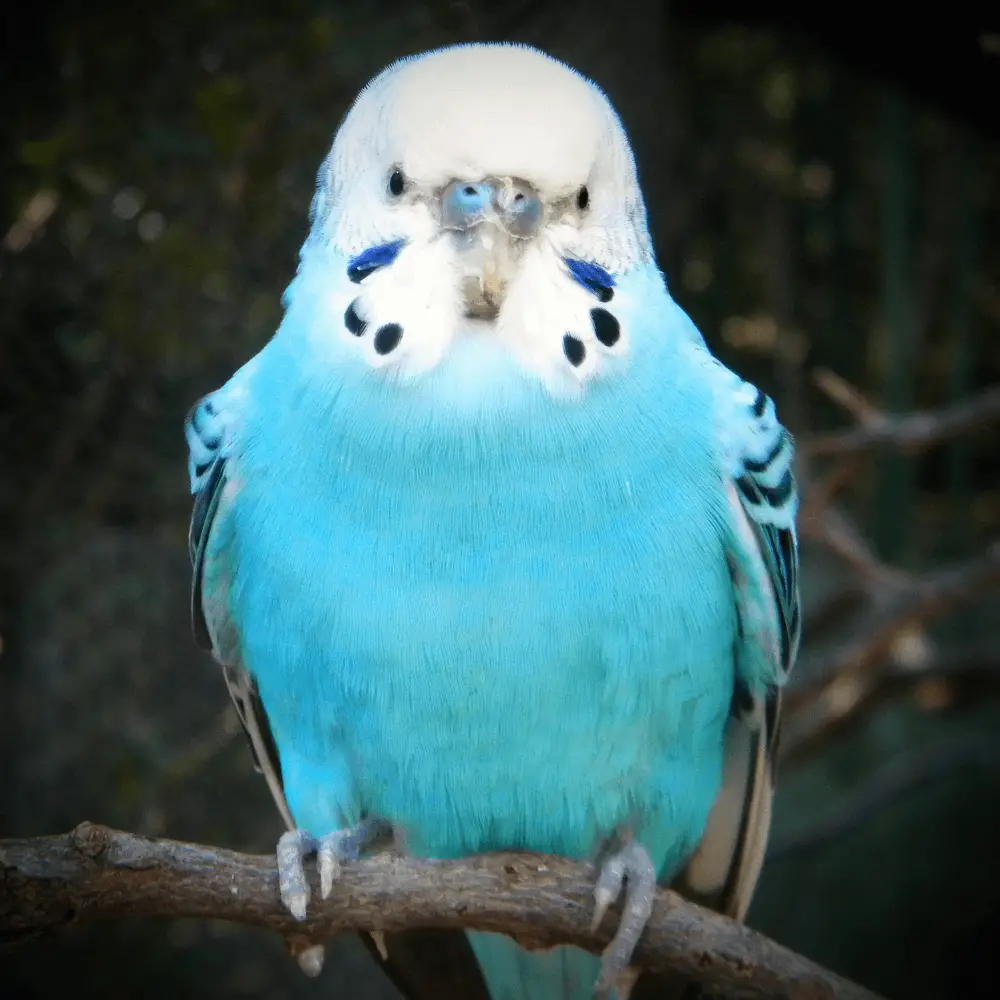
Blue budgies can be social, fun, and energetic parrots that make a great addition to your family and home. Knowing these important topics before you get your new bird can help you decide if it’s the right choice for you, and help set you up for the fun.
Now that you know everything you need to know before getting a Blue budgie, you should be a pro. Enjoy your fun new friend!
How much does a blue parakeet cost?
Blue budgies cost between $10 and $60. This may depend on how old they are, where you buy them from, and how healthy they are.
Is there a difference between a parakeet and a parrot?
Budgies and parakeets are the same species. They are called budgies in the United States and budgies in the rest of the world. Their scientific name is Melopsittacus undulatus. According to Wikipedia, the parakeet or budgie is the only species in the genus Melopsittacus.
Related article:

